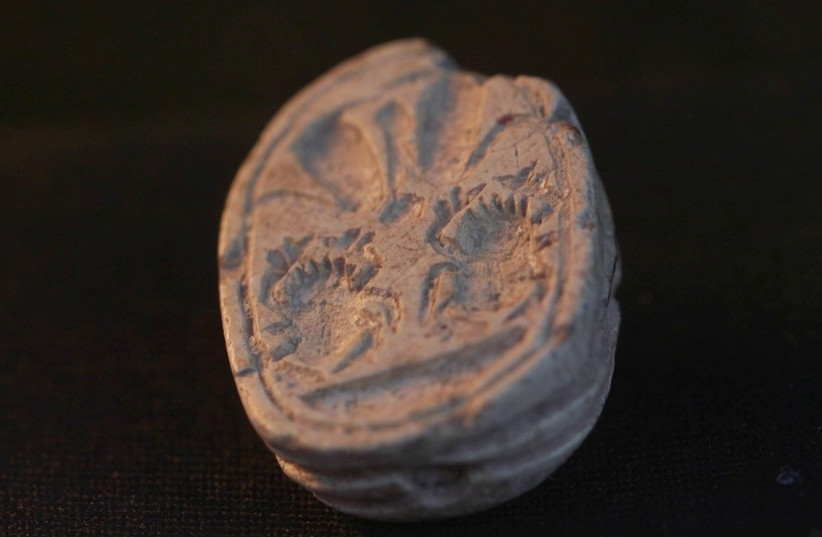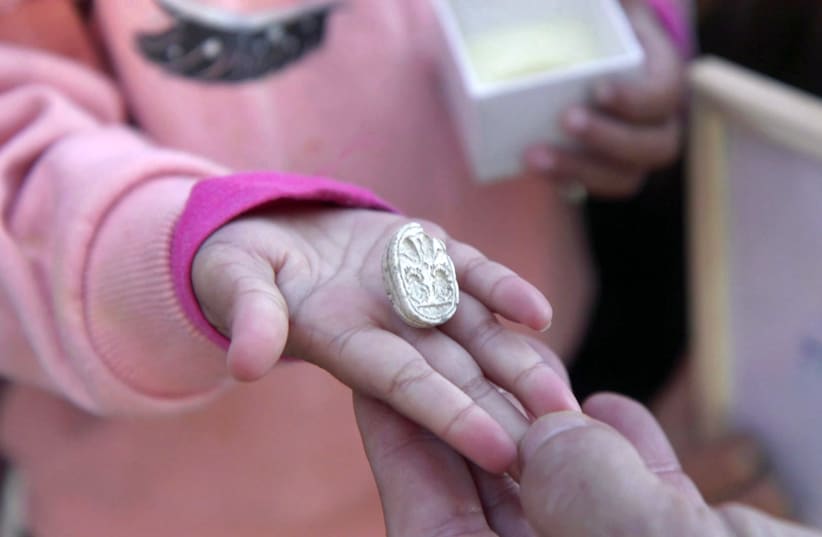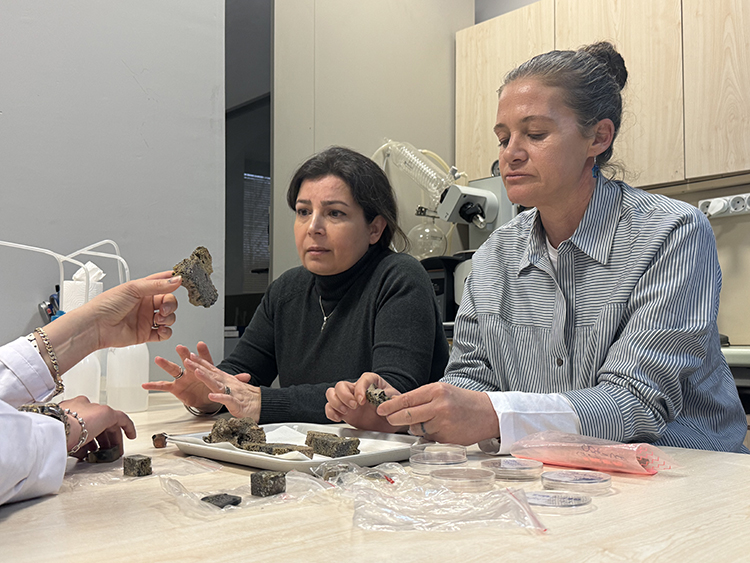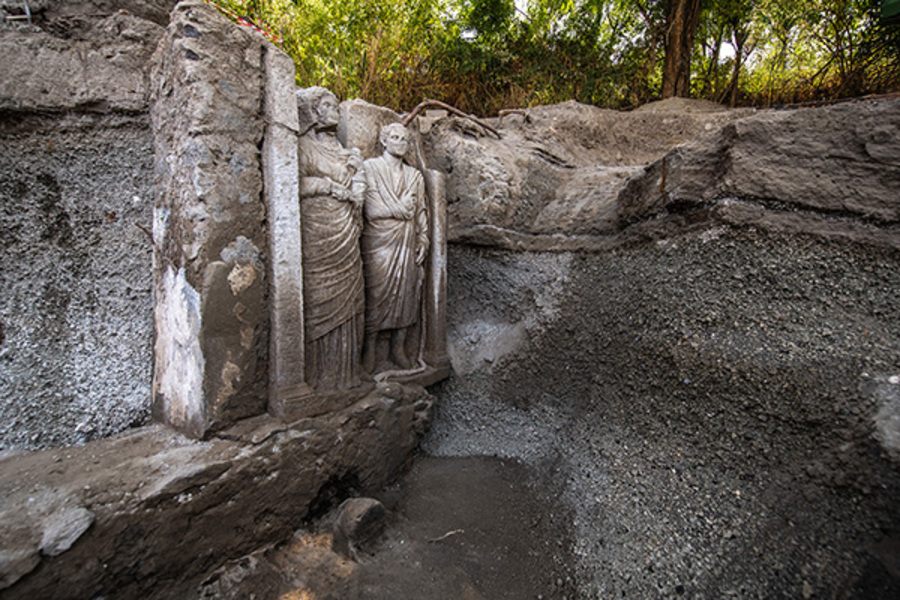In a remarkable turn of events, 3.5-year-old Ziv Nitzan from Moshav Ramot Meir has stumbled upon a 3,800-year-old scarab amulet during a family outing to Tel Azeka, located near Beit Shemesh. This unexpected archaeological find has sparked excitement among experts and history enthusiasts alike.
While exploring the area, Ziv noticed a unique stone among the many scattered around her. “As we walked along the path, Ziv bent down and picked up this particular stone,” shared her sister, Omer Nitzan. “After rubbing off the sand, we realized it was something special. I called our parents over, and we quickly understood we had made an archaeological discovery! We reported it to the Israel Antiquities Authority right away.”
The Israel Antiquities Authority (IAA) expressed gratitude for the family’s prompt reporting of the find. Semyon Gendler, the District Archaeologist for the Judah Region, presented Ziv with a certificate of appreciation for her “good citizenship,” acknowledging her role in this significant discovery.
The ancient scarab amulet will be showcased during the Passover holiday at the Jay and Jeanie Schottenstein National Campus for the Archaeology of Israel, alongside other artifacts from the same era, many of which are being displayed for the first time.
Initially mistaken for an ordinary stone, the amulet turned out to be a Canaanite scarab from the Middle Bronze Age. Dr. Daphna Ben-Tor, an expert in ancient seals and amulets, explained, “Scarabs served as both seals and amulets during this period. They were often found in graves, public buildings, and private homes, sometimes featuring symbols that reflect religious beliefs or social status.”

These scarab seals, intricately designed to resemble dung beetles, hold significant cultural meaning. In ancient Egyptian society, the beetle was considered sacred and symbolized the creator’s incarnation.
The discovery took place at Tel Azeka, a site rich in archaeological history. This location has revealed evidence of cultural evolution over the centuries. Excavations by a team from Tel Aviv University have uncovered city walls and agricultural structures dating back to the Judahite Kingdom.
Tel Azeka is also famously linked to the biblical narrative of David and Goliath, as recounted in the Book of Samuel (Samuel I 17:1).
Prof. Oded Lipschits, who leads the Tel Aviv University excavation, noted, “For nearly 15 years, we have been uncovering findings that indicate Tel Azeka was one of the most significant cities in the Judean Lowlands during the Middle and Late Bronze Ages.” He met Ziv’s family at the site and remarked, “The scarab she found adds to a rich collection of Egyptian and Canaanite artifacts discovered here, highlighting the cultural connections between Canaan and Egypt during that time.”
Israeli Heritage Minister Amichai Eliyahu commented on the significance of the find, stating, “The seal discovered by young Ziv during her family trip to Tel Azekah links us to the grand narrative of ancient civilizations that once thrived in this land. It serves as a reminder that in Israel, even children can play a vital role in uncovering our historical heritage.”
Cover Photo: EMIL ALADJEM/ISRAEL ANTIQUITIES AUTHORITY





